Optimal Timing for Commercial Demolitions
Commercial demolitions are complex projects that require careful timing to ensure safety, efficiency, and compliance with regulations. The optimal time for demolition often depends on weather conditions, project scope, and local permitting processes.
Demolitions are best scheduled during dry, mild weather to reduce risks associated with rain, snow, or extreme temperatures.
Coordination with permits and approvals should be completed beforehand to avoid delays once demolition begins.
Off-peak seasons may offer less disruption to surrounding businesses and less congestion for equipment and personnel.
Aligning demolition schedules with local regulations and deadlines ensures compliance and smooth project execution.
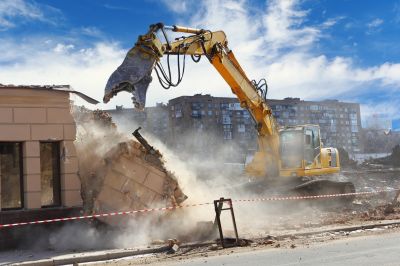
Heavy machinery preparing a commercial site for demolition.
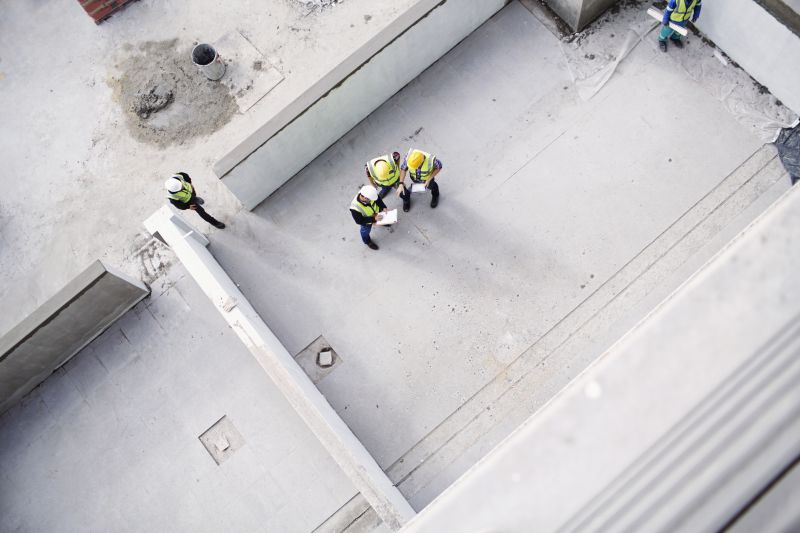
Workers setting up safety barriers and preparing the site.

Explosive charges safely bringing down a structure.
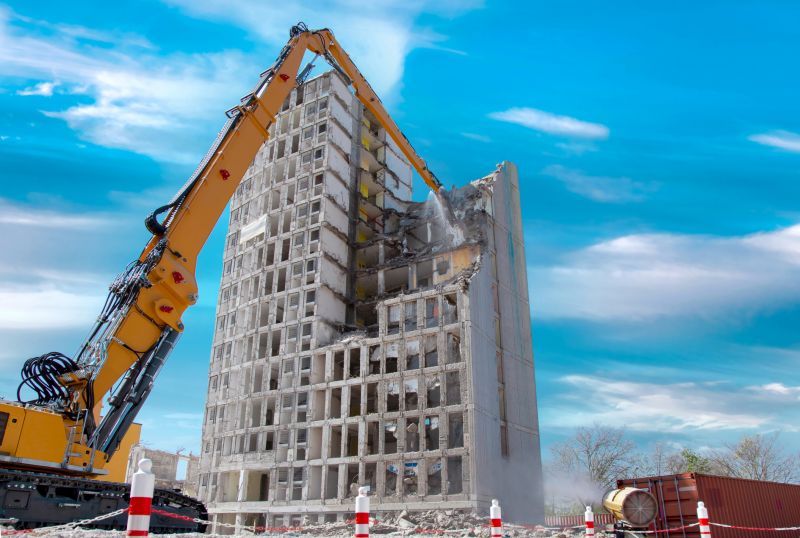
Ways to make Commercial Demolitions work in tight or awkward layouts.
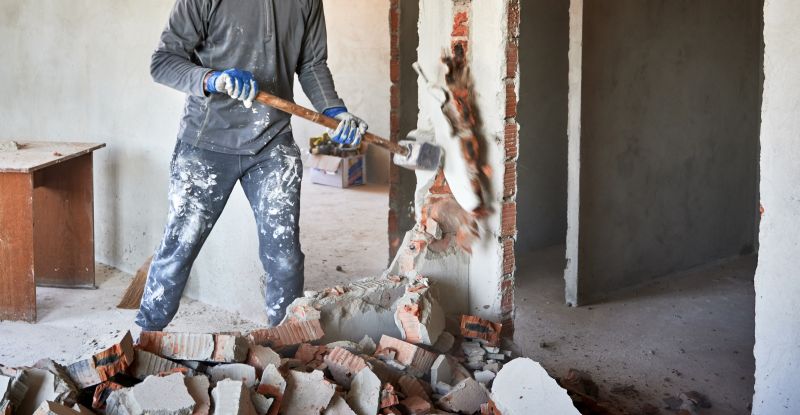
Popular materials for Commercial Demolitions and why they hold up over time.

Simple add-ons that improve Commercial Demolitions without blowing the budget.
| Factor | Best Timing Consideration |
|---|---|
| Weather | Schedule during dry seasons with mild temperatures. |
| Permitting | Complete all approvals before scheduling. |
| Operational Efficiency | Choose off-peak hours or seasons. |
| Community Impact | Plan during times with minimal public disruption. |
| Regulatory Deadlines | Align with local legal timelines. |
| Project Scope | Allow sufficient time for complex demolitions. |
| Site Conditions | Assess and plan around soil and structural stability. |
Commercial demolitions involve the systematic dismantling of buildings for redevelopment, renovation, or clearance. These projects require detailed planning to ensure safety, compliance, and minimal disruption. The timing of demolition activities can significantly influence project success, safety outcomes, and costs.
Statistics indicate that scheduling demolitions during favorable weather and off-peak periods can reduce delays by up to 30%. Proper timing also minimizes safety risks associated with adverse conditions and helps meet regulatory deadlines efficiently.

A team reviewing blueprints and schedules for a commercial demolition.
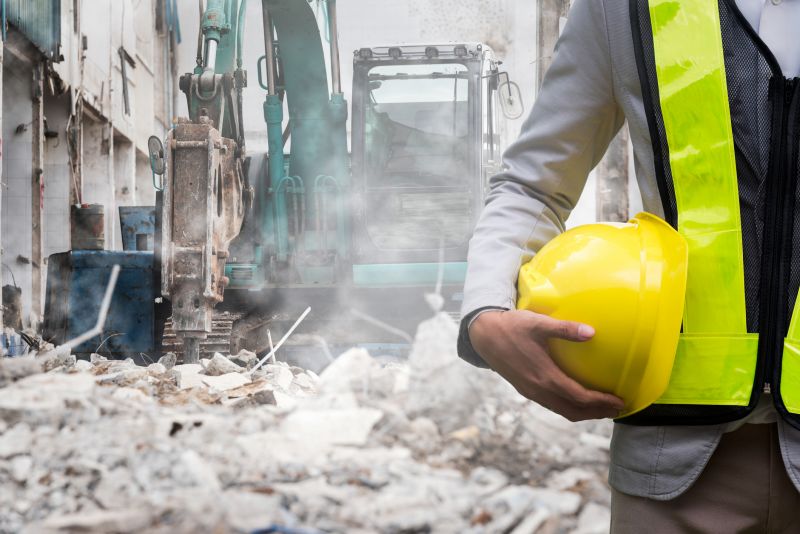
Safety barriers and signage at a demolition site.
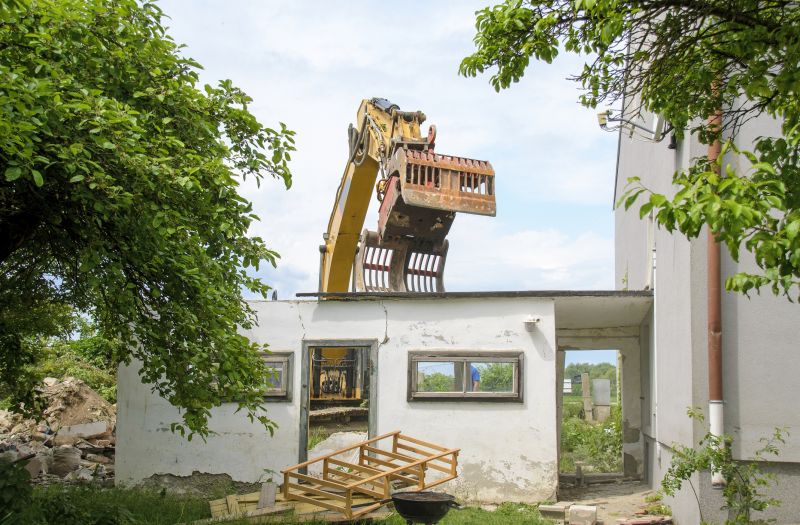
Heavy machinery positioned for demolition work.
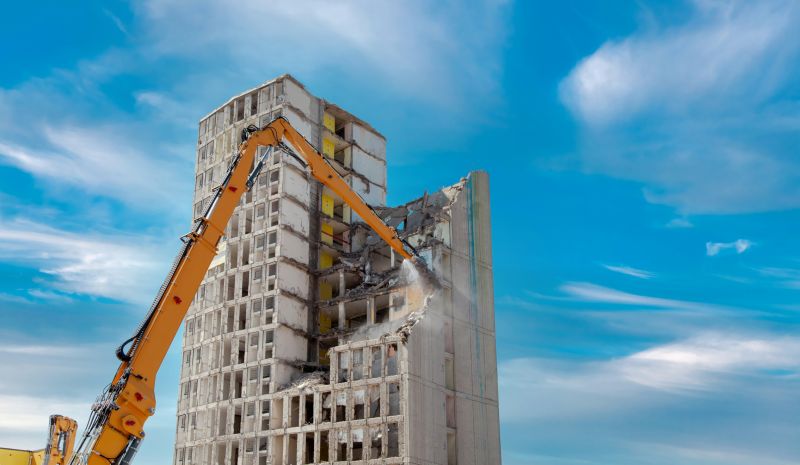
Post-demolition site ready for redevelopment.
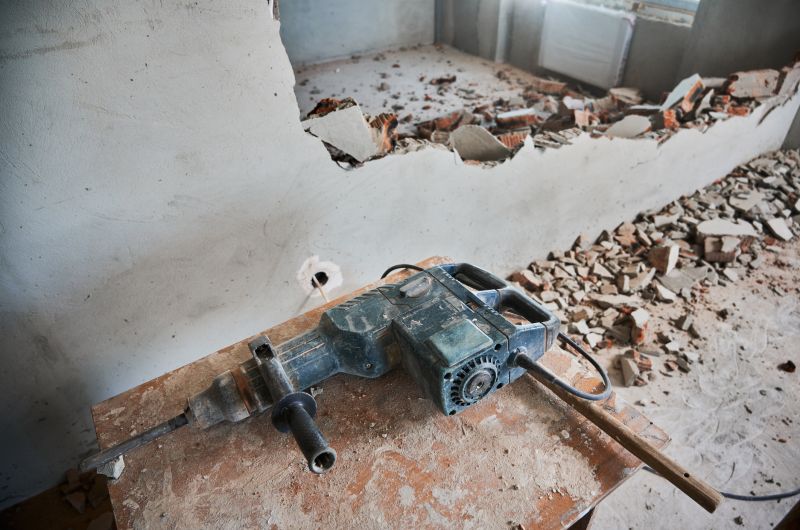
High-end options that actually feel worth it for Commercial Demolitions.
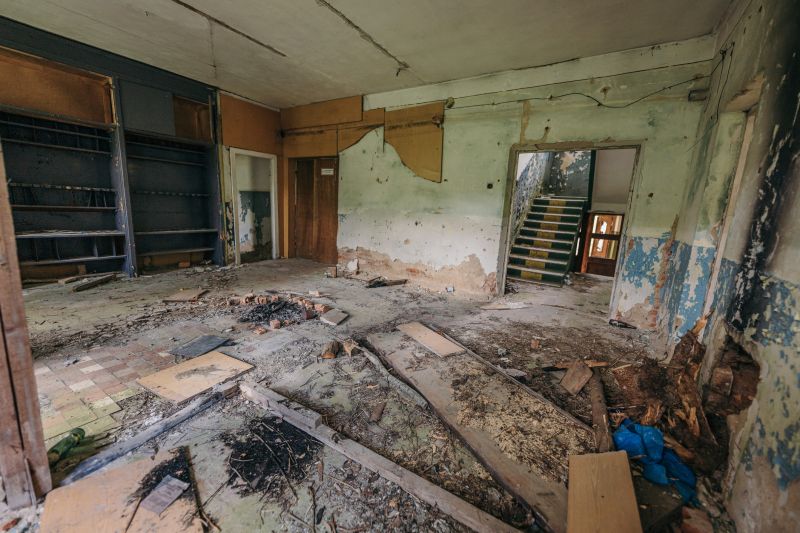
Finishes and colors that play nicely with Commercial Demolitions.

Little measurements that prevent headaches on Commercial Demolitions day.

A 60-second routine that keeps Commercial Demolitions looking new.
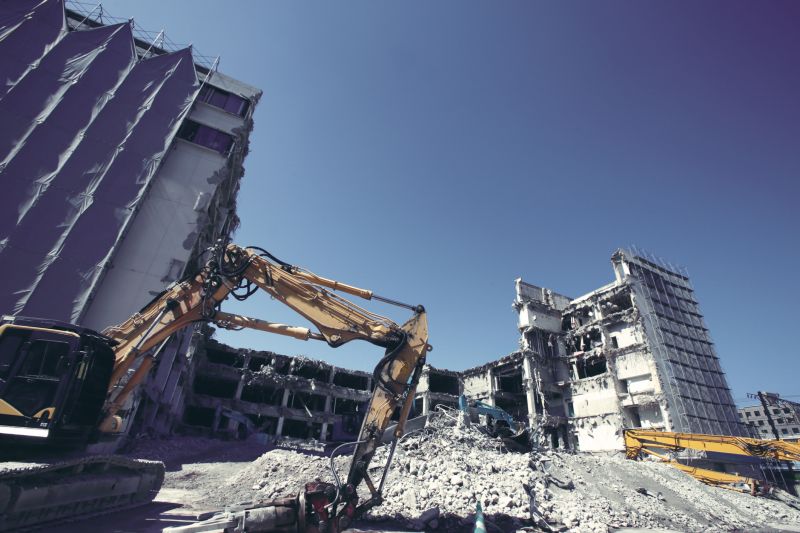
A frequent mistake in Commercial Demolitions and how to dodge it.

Small tweaks to make Commercial Demolitions safer and easier to use.
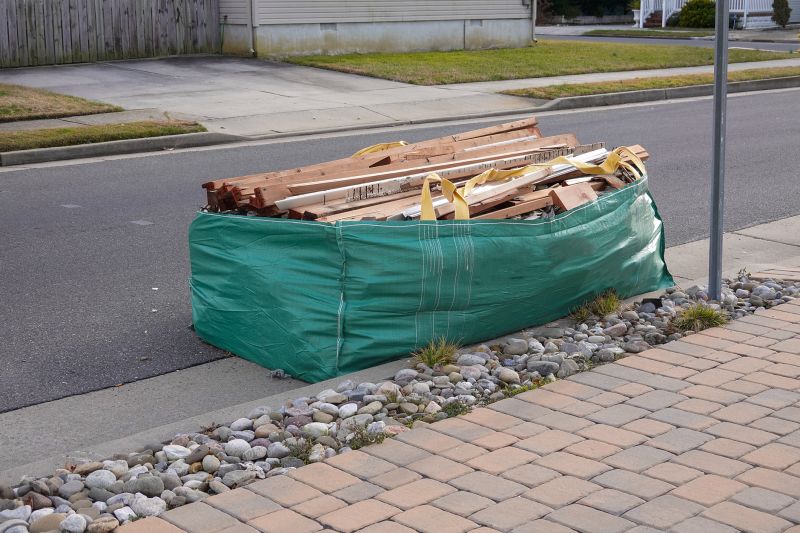
Lower-waste or water-saving choices for Commercial Demolitions.
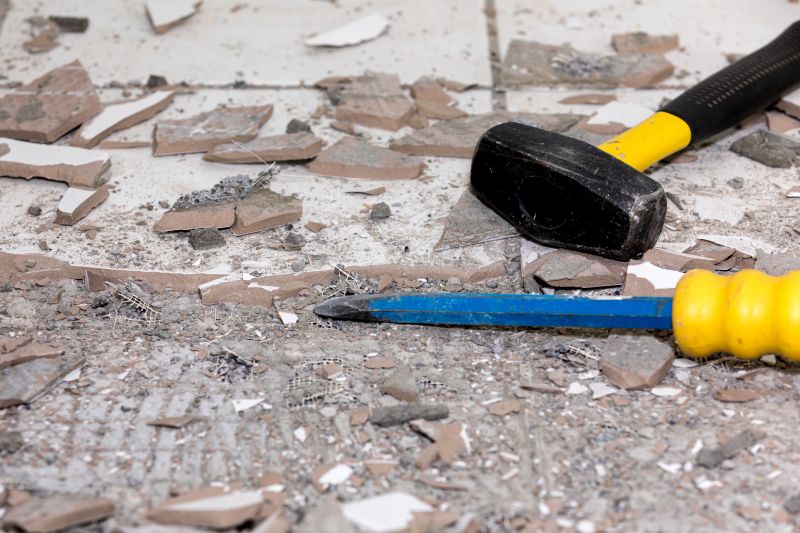
The short, realistic tool list for quality Commercial Demolitions.
Interested in scheduling a commercial demolition? Filling out the contact form can provide detailed information tailored to specific project needs and timelines.
